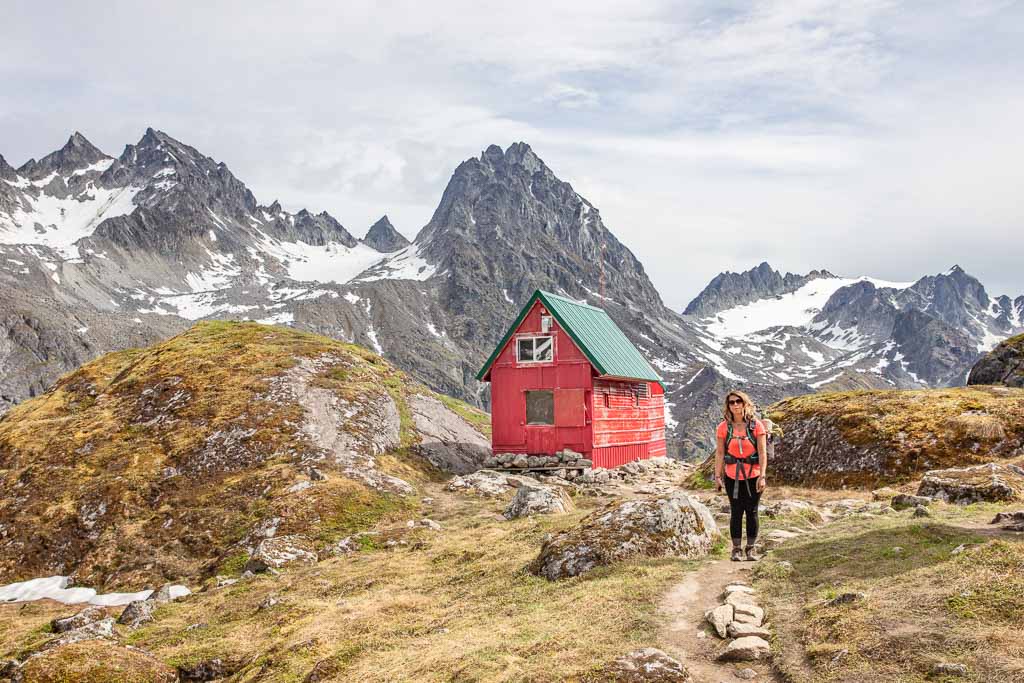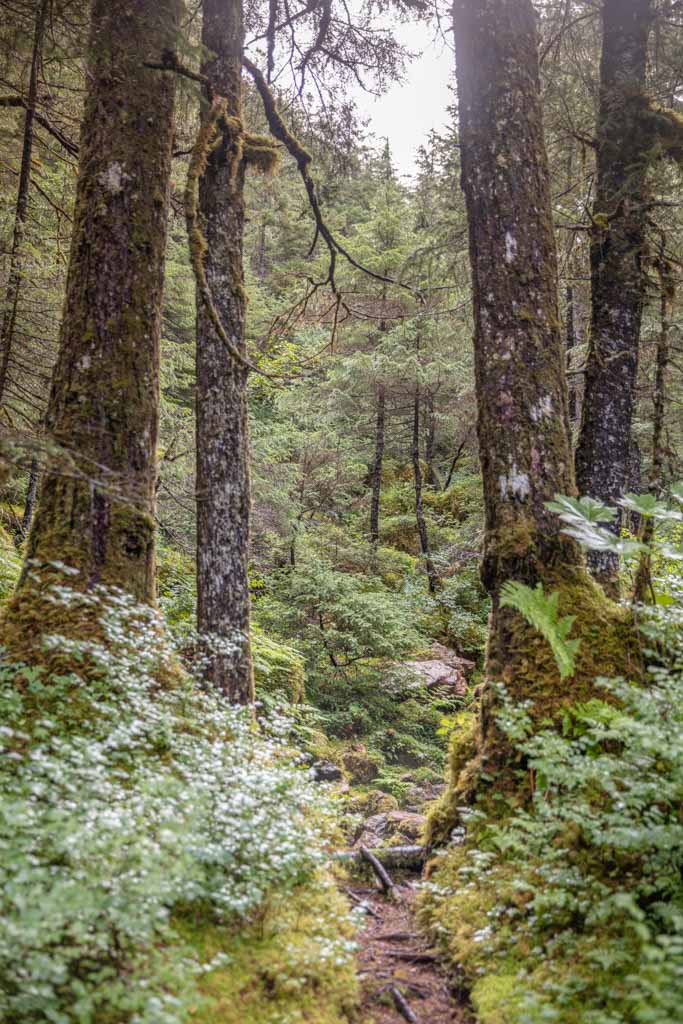
Emergency & Safety Tips for High Risk Destinations & Trekking Expeditions
When going on a trip, taking safety precautions is always a must. Even more so when you are traveling to a high risk destination or when your plans involve camping out into the wilderness.
Being prepared will not only reduce your risk of an emergency or injury, it also gives you a sense of confidence to explore more freely.
Follow this guide by Global Emergency Medics to prepare yourself for remote wilderness trekking, prevent injuries, and deal with emergencies with a cool head if they should arise.
Secure the Essentials

When traveling through the wilderness, it is imperative to have water, food and shelter available.
If your resources were to diminish drastically, having the skills to find, gather and adequately consume what you need from your environment could save your life. Proper water sterilization and food sanitation are essential to survival in a high risk circumstance.
Make sure to bring proper tools to start a fire, water purification tablets and lightweight foods.
Identify other nourishment sources available in the area, should you face food scarcity. These may include fish, plants, nuts and berries as well as certain insects.
Become familiar with the terrain you will be exploring and identify potential shelter spots you could turn to should you run into an emergency situation due to loss of gear, extreme weather events or other unforeseen circumstances.
Monitor the Forecast

One of the main enemies of a well planned trekking expedition can be the weather.
Carefully assess the forecast for the dates you plan on traveling, but prepare for possible unexpected changes.
If you are in an area near rivers and other bodies of water during the rainy season, you could be potentially exposed to flooding and mud-sliding.
Bring a waterproof tent if you plan on camping, as well as adequate shoes to walk in muddy areas.
If rivers and lakes near you experience a rise in their water level, exercise extreme caution when around them as falling into them poses a higher risk for drowning.
If you are traveling to destinations with extreme weather conditions, such as deserts, freezing environments or jungles, prepare ahead for emergency situations that could arise. Avalanches, sand and tropical storms are only some of many events that you could face.
Account for them when choosing the time of year to visit your destination and continue to monitor the weather patterns should any unexpected changes take place.
Prepare your Paperwork

If you are embarking on a journey to a high risk destination, make sure that you have the appropriate permits and visas required to explore every area you intend to visit during your trip.
Often these locations have extra requirements for visitors that go beyond having a passport. Some permits you might need require in-person presence and are given only once you have entered your country of destination, while some are required to be obtained prior to arrival.
Make sure to do your research ahead of time and gather the documentation you need before embarking on your journey.
When you are creating your budget for the expedition, take into account the extra cost you might incur when soliciting the visas and other permits you will need.
Lastly, plan to allocate the appropriate amount of time before and during your trip for your paperwork to be processed.
Be Aware of your Surroundings

Wildlife is present in every outdoors expedition you might find yourself in. Researching the types of fauna and flora typical to the region you are exploring is essential in understanding how to protect yourself and your group.
Look out for poisonous species of spiders, snakes and other animal life native to the area. Bring appropriate antidotes and medication in case of need.
Pack a guide to the toxic mushrooms, fruits and plants in the surroundings, should you come into contact with them.
In case of food scarcity, this guide can also serve to identify safe sources of nourishment.
Have a Certified Member in your Group
When traveling through remote or extreme destinations, there are many unexpected circumstances that you can find yourself in.
Having someone in your group who has been certified as a Wilderness First Responder or taken a Wilderness First Aid course is highly recommended for any trip.
Global Emergency Medics offers wilderness medicine courses that cover a wide range of medical skills that are essential in multiple emergency situations.
This course prepares you to manage high-risk emergency eventualities such as wounds, burns, musculoskeletal injuries, dislocations, hypothermia and infections.
Other wilderness-related emergencies, such as poisoning, exposure to toxins, stings and heat illness are also covered in the course material.
Understanding the pertinent information about injuries and illness in these environments (whether serious or minor) is essential to coping with them appropriately.
Preventing emergencies is of course very important; however, knowing how to deal with them should they occur is essential to the safety of everyone in the group.
Stay Calm
Mental resilience is key when embarking on a high-risk trip or going on an expedition. Stay mentally flexible to deal with unexpected events.
Remaining calm through stressful, unforeseen circumstances is vital in any emergency, not just extreme wilderness situations.
Prepare yourself in advance and make contingency plans that allow you to have peace of mind even if things don’t go as initially expected.
If you follow these safety and emergency tips, you will be more prepared for whatever challenges and unexpected circumstances might take place. Enjoy the journey and safe travels!